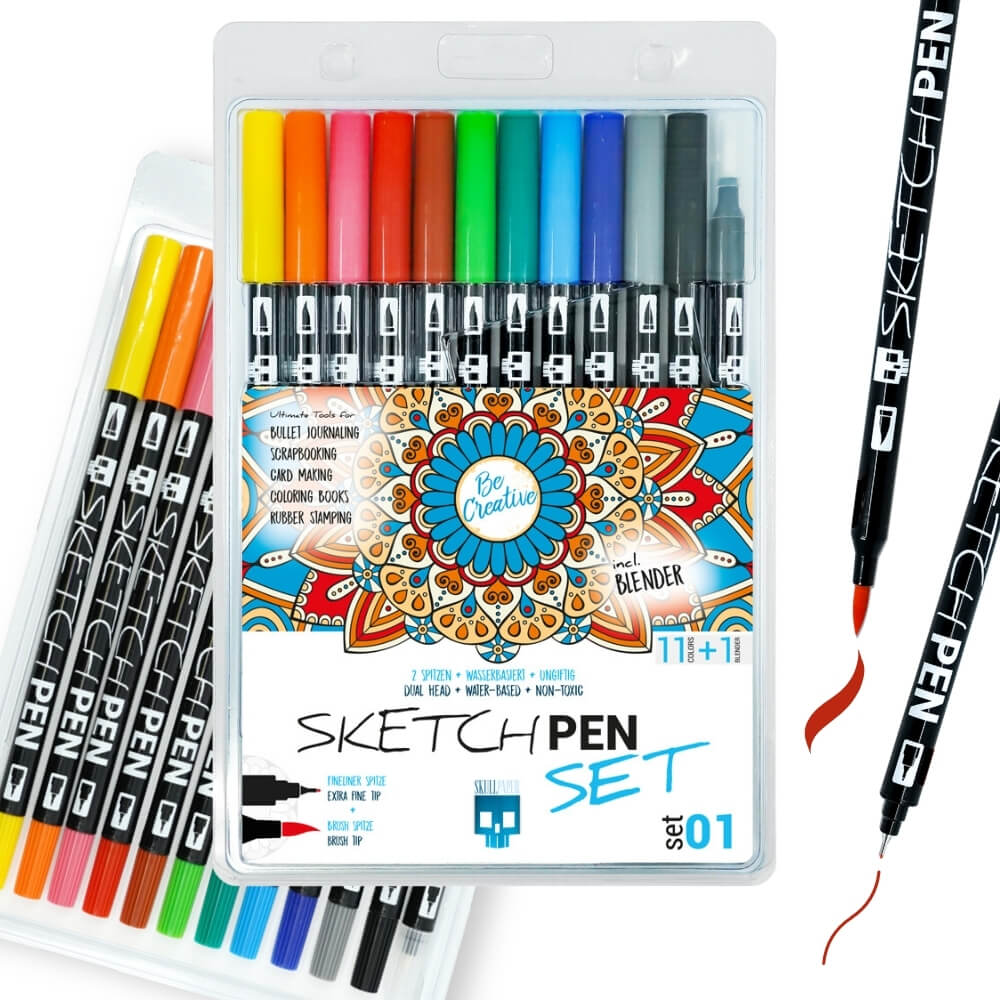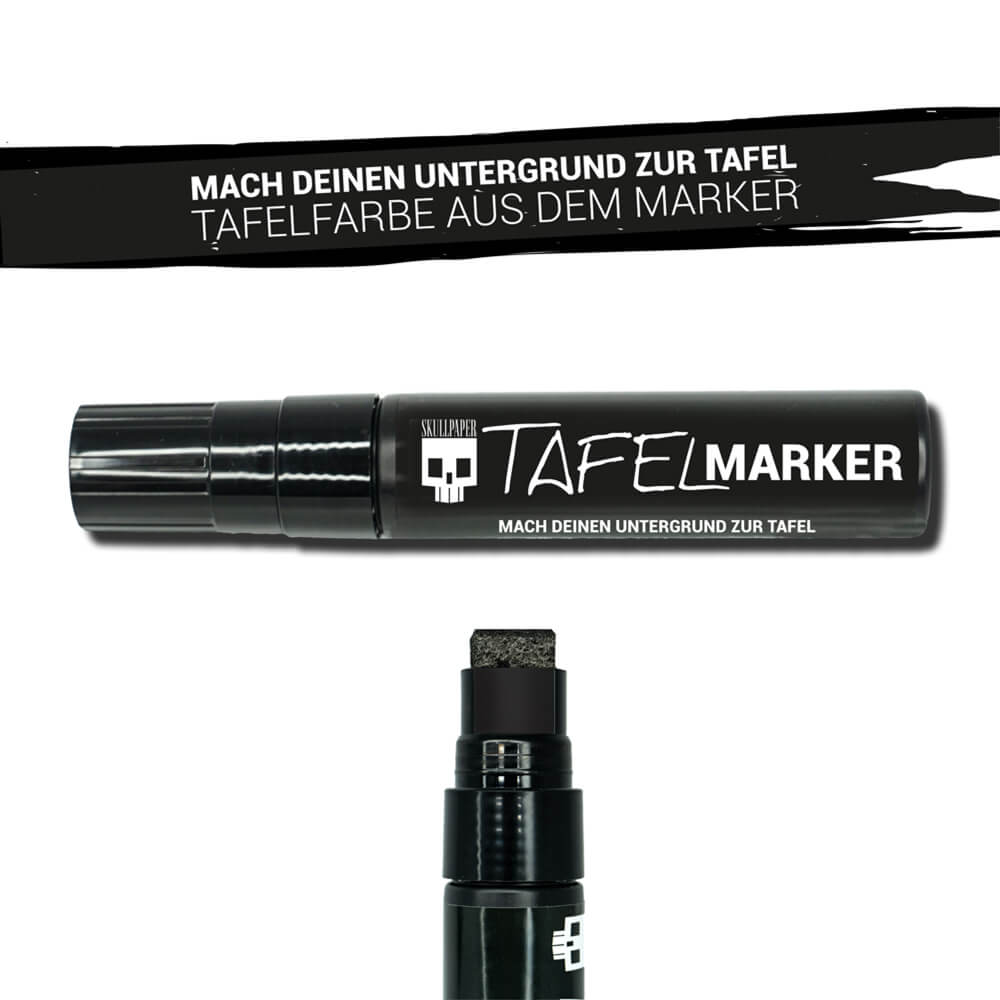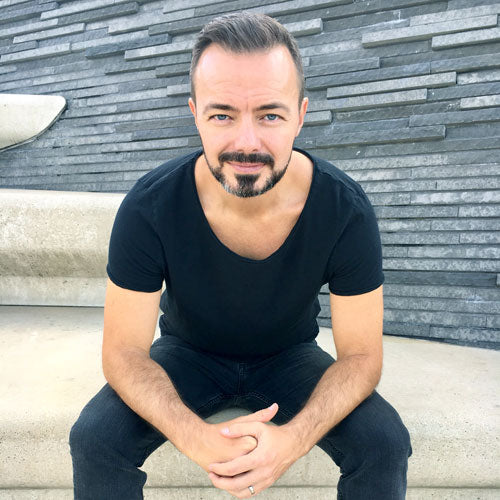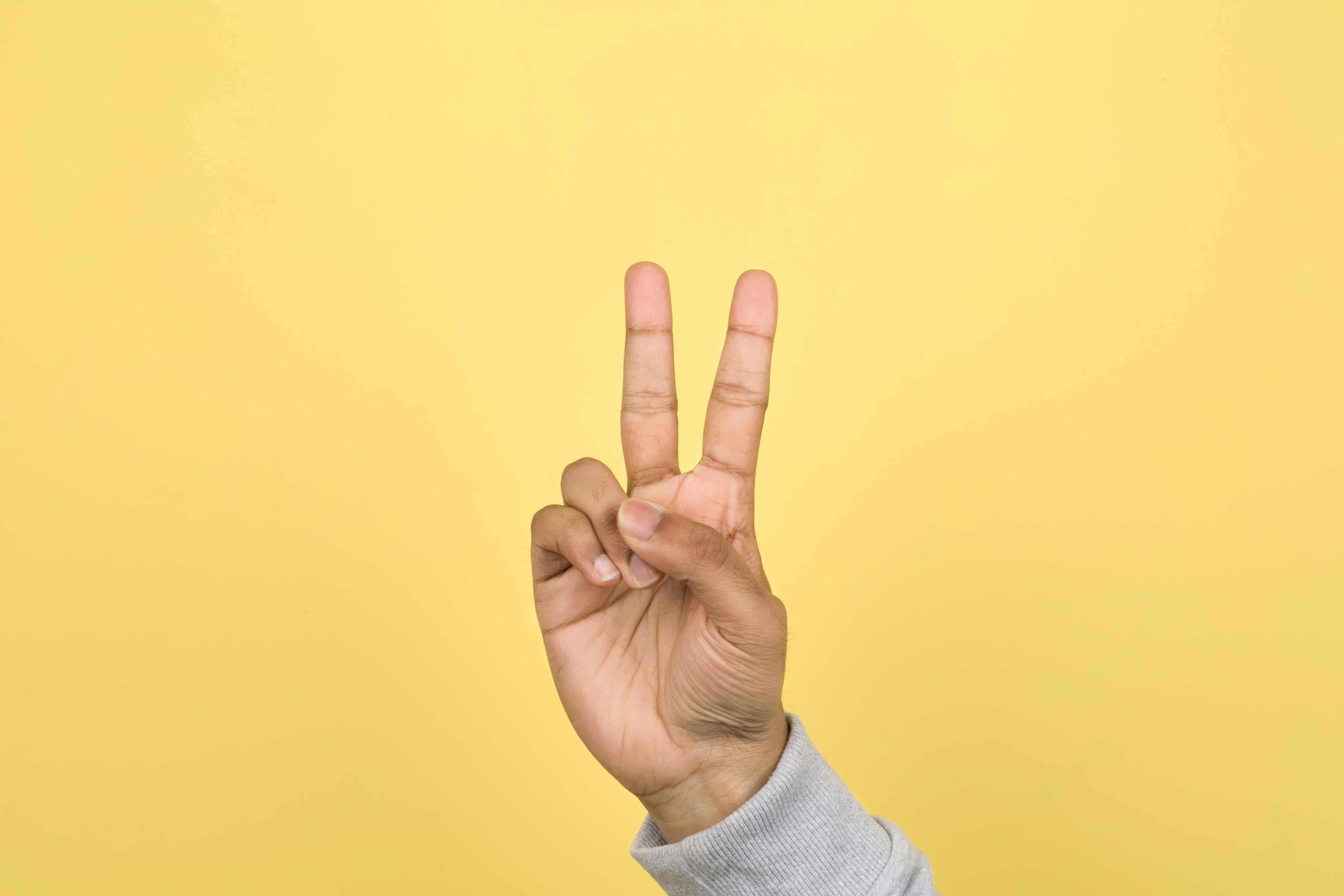Just tell us a little about what you do and what your work is about.
I started hand lettering in the fall of 2016. I've been painting and drawing since I could hold a pen. For a while I just painted and did crafts with my children. My own creativity was a little neglected, but that has now changed again.
For me, creativity is a balance. Others do sports and I swing pens and brushes. Today I am very versatile. On Instagram you can find bullet journaling, illustrations, hand lettering and small DIYs; everything that I enjoy myself.
Was it clear to you right away that you would do this straight away with your website, Instagram, etc. when you started again?
No! I came to this like a virgin to child. During the Christmas season in 2017, I wrote on my windows with a chalk marker.
In a “mulled wine moment” I spontaneously applied for the “Topp Star Award” with this topic and made it to the final.
I quickly created a concept during the Christmas holidays, then went to Creativeworld in January and presented it. I narrowly missed out on first place among the five finalists, but I still received an offer from the publisher to publish the book. This is how my first book came about: “Window decoration with chalk markers - hand lettering”.
Of course, the publisher requires a website to be provided for the author questionnaire. I then created these in a night and fog campaign and gradually expanded them. Today, www.stickynote-lettering.de is a popular contact point for anyone who would like to find out more about hand lettering or book a workshop with me.

Start with swing exercises and don't try to create entire letters or letterings straight away. You have to master the basics first so that you can create beautiful lettering later.
Interesting how sometimes the unexpected “side projects” go through the roof... You also give workshops now, right?
Yes, that was never really planned… One of my friends once said: “You can show what you’re doing.”
I grabbed three pens and went over to her place to practice with her a bit. She then invited a few friends. They told others about it because they were so excited about it. This led to the first real workshop requests.
Workshop rooms are very expensive in Düsseldorf, so I started offering my workshops as “Workshop @HOME”. That means I have a very large, heavy suitcase and I drive home to those interested in hand lettering and give the workshop there at the dining table. This is a completely different atmosphere than classic workshops because people sit at home with their friends. In your own four walls it's just special and nice and goes down really well. Of course, these workshops are currently on hold, but the concept is working wonderfully.
Do you “only” do these types of workshops or do you also offer classic workshops?
Through my website, companies also became aware of me and, before Corona, regularly booked me as a lecturer for workshops. I hope that we can get back to normal workshop life after the pandemic. I miss that very much.
Wow, everything has really developed a lot. Where do you see yourself in 5 years, or where would you like to go with it?
I'm currently studying graphic design part-time and working as a commercial clerk in marketing. Maybe in the future I would like to do something related to graphic design because I enjoy it a lot. My current job is also demanding and the creative work on the side is a great balance for me. I just let everything come to me. If someone had told me five years ago what I do today, I probably would have laughed out loud!

Tell us a little about your new book? And anyway… how many books have you written so far?
The first book was the chalk marker handlettering template folder from TOPP Verlag. In the fall of 2019, Christophorus Verlag approached me to see if I could imagine writing a book about watercolor pencils. They discovered my Instagram feed and my website and that's how it happened. I had completely free rein and could let off steam to my heart's content.
Everything in this book is about watercolor crayons and watercolor markers. It includes hand lettering and watercolor illustrations in detailed step-by-step instructions. The book was published in September 2020. I'm already working on the next book, which will be about brush pens and illustrations. In the first book from Christophorus, the focus was on watercolor illustrations. In this book now the brush lettering. It will be published in March 2021 and will be my third book.
The books are available directly from your website or where is the best place to get them?
Anywhere actually. Thalia, Amazon, the local bookstore and of course on my website. If someone orders from me directly, the customer will receive a free dedication upon request.

What is it actually like in your workshops? Are they more for beginners or advanced students or a mixed bag?
My workshops are mostly attended by beginners. Many participants tell me that they have books on the subject of hand lettering at home, but can't really get into the topic on their own. I then give my participants the nudge in the right direction and help them learn the basics. If you try to teach yourself hand lettering yourself, it requires a lot of discipline and a high tolerance for frustration in order to make progress. When I started there were no workshops and hardly any books... I would have saved myself a lot of pain if I could have attended a workshop.
If you don't know the right tips and tricks, lettering can be very tiring. Unfortunately, after a workshop you still haven't mastered hand lettering, but you know all the important basics.
What are your best tips when a beginner approaches you who just wants to start hand lettering?
Practice, practice, practice. Practice a lot. It's best to do a little bit every day. Start with swing exercises and don't try to create entire letters or letterings straight away. You have to master the basics first so that you can create beautiful lettering later.
It is also important to take it slowly. You have to slow down and take a step back. This is very difficult for many people in these fast-moving times.
Lettering is like a kind of meditation or yoga. It is also very important that you set your own standards a little lower at the beginning. Many beginners compare themselves with others who may have been doing this hobby for many years. You should put your own perfectionism aside and practice, then you will quickly see progress.
If you scroll all the way down in my Instagram account, you'll see my first attempts there. And they look like any other beginner. When I look at it today, I think my letterings from back then are really bad, but I consciously leave them in my account. I want beginners to be able to watch this to see how you can grow if you stick with it. Some participants from my workshops who stuck around are doing really well today. Of course, that makes me particularly happy when I see that someone has really caught fire and is now really involved in the community.
My Instagram feed isn't very well styled. I don't have a color scheme or always use the same filters. You can also find less strong artwork with me. But I consciously leave these there because it is important to me to be authentic.

How did you come across Skullpaper in the first place?
I thought that this question would come ;-) I think Ronny sent me the Blackliners as samples. I didn't know them at all and I have to say I was immediately impressed. I also use them a lot because they are really black. Unfortunately, many fineliners are rather gray. With the Blackliners I can work really well in the bullet journal and erase over them without any problem. By the way, the blackliners are also shown in my book.
 |
If someone is interested in you and your work, where is the best place to find you?
On Instagram, Facebook, Pinterest and of course via the website. You can find out more in-depth information on the website. There are instructions, freebies, material knowledge and new information is constantly being added. There are new posts on Instagram almost every day.



MORE ABOUT NINA:
WEB
Images: ©Nina Rötters














